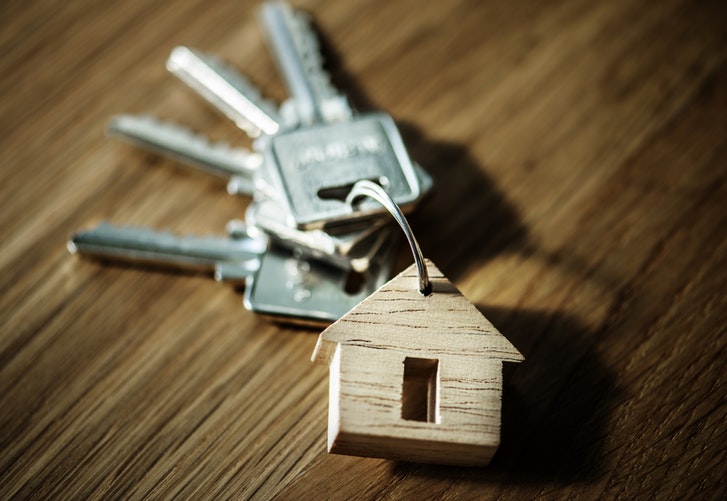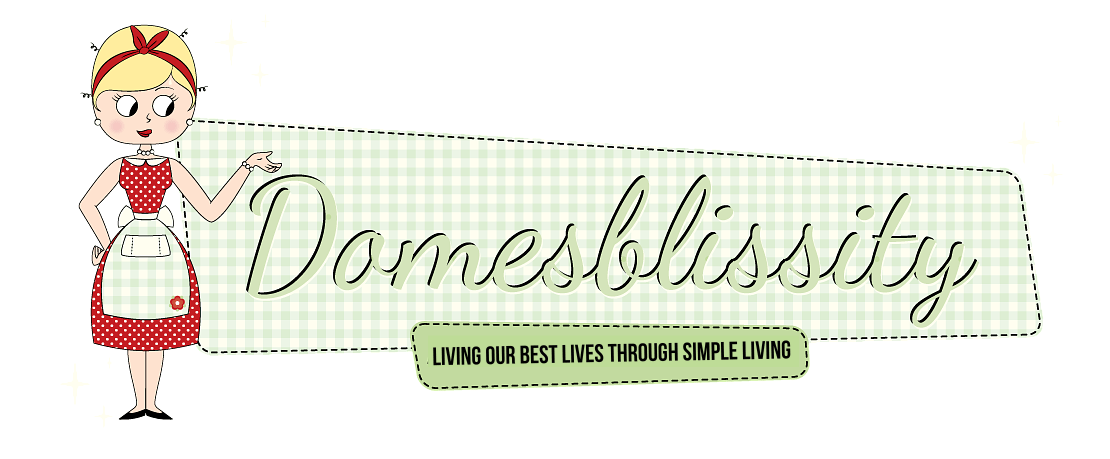If you are retired or on the verge of retiring, you may have heard about reverse mortgages. They are only available to you if you are 62 or older, so they are primarily marketed to retirees. But, despite what you may have heard, you may still have a lot of questions about how reverse mortgages are different from standard mortgages and how once can assist you financially. Here are the answers to some popular reverse mortgage questions.

What is a Reverse Mortgage and is it Different from an HECM?
A reverse mortgage is a mortgage that can provide money to you in installments. Those monthly payments can help you afford the cost of utilities and other expenses when you retire and suddenly have a reduced income. It is different from a standard loan because you do not have to pay any portion of it back right away and you can continue to receive money from your reverse mortgage lender until the amount of equity you can borrow is exhausted.
You may have heard the terms “reverse mortgage” and “home equity conversion mortgage” used in a similar manner before. That is because they are essentially the same. The biggest difference between a reverse mortgage and an HECM is the HECM is offered through the Department of Housing and Urban Development (HUD) or another government agency. When the loan is offered through a bank or private lending institution, it is called a reverse mortgage.
How do You Know What You Can Borrow with a Reverse Mortgage?
Calculating the value of your property can be tricky under any circumstances. Property values are often affected by the status of the housing market, the age of the home, its surroundings and other factors. Calculating the value you can borrow when taking out a reverse loan is extra complicated because the government will not let you borrow the total value. You must use a reverse mortgage calculator to figure out the percentage you can borrow. All of those factors and more will be taken into account by the reverse mortgage calculator.
What are the Other Ways You Can Borrow the Money?
Receiving monthly payments from a reverse mortgage lender is one of the most common ways to make a reverse mortgage work for you. That way your monthly income is supplemented in a way that mirrors receiving paychecks. Relying on a set amount can help you budget for retirement expenses. However, you can also borrow the money in a single large payment, if you prefer. A third option is to draw specific amounts from the equity whenever you need them. In any of those cases, a cap will be placed on the total amount you can request.
Do You Still Own Your Home When You Have a Reverse Mortgage?
You may be wondering if a reverse mortgage allows you to retain home ownership. The answer is yes. In fact, the amount of time you spend in the home determines the duration of the loan. You only have to pay it back when you stop living there.
Since there are no regular ongoing payments and a term of the loan is mandatory residency, you cannot be evicted for non-payment. Although, you must still pay the taxes and other expenses of home ownership or risk losing your home. Also, if you leave the home and cannot pay the total remaining balance, the property must be sold so the lender can get part or all of the money you owe back.



